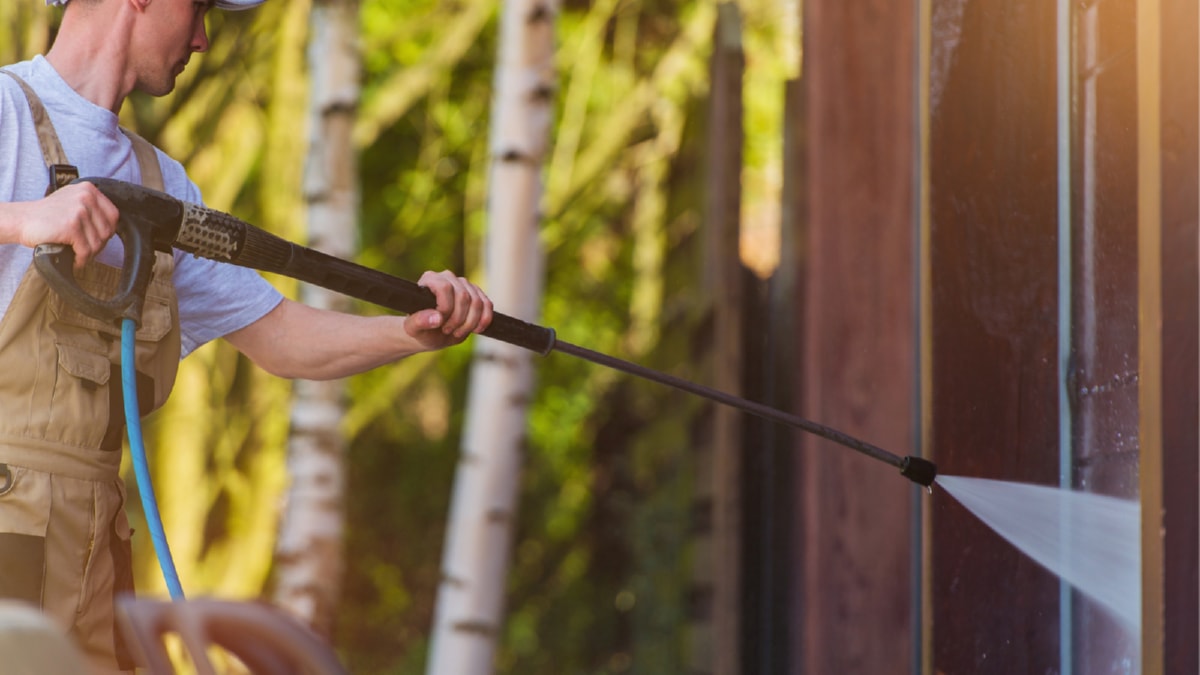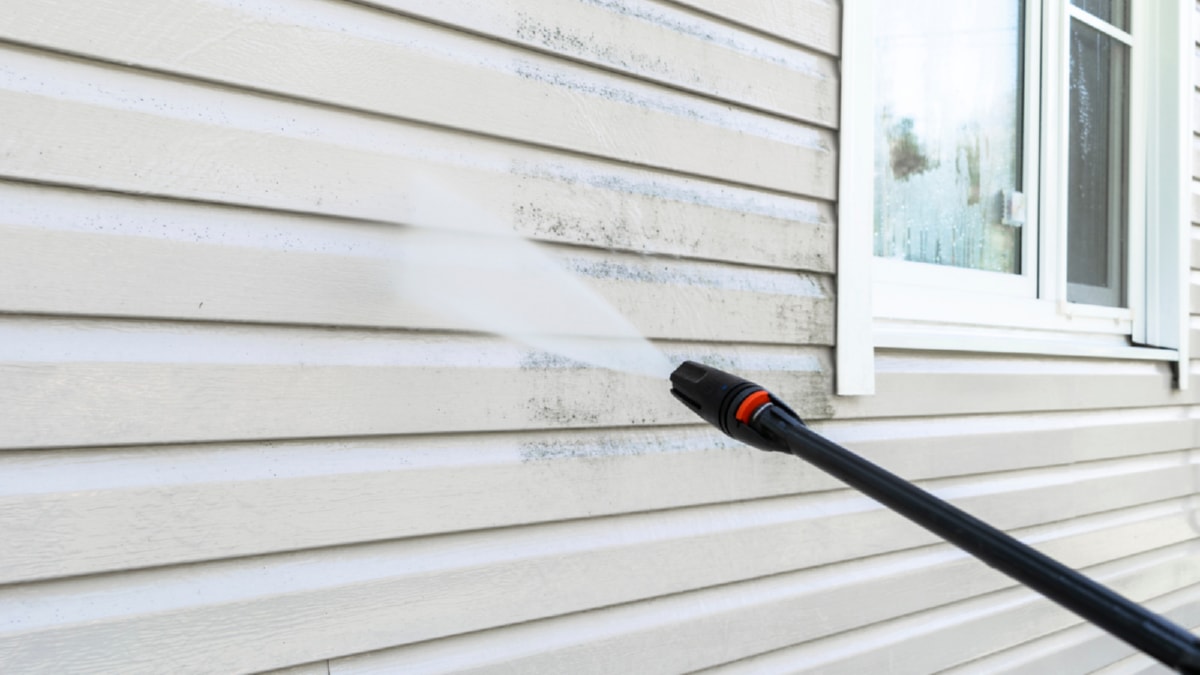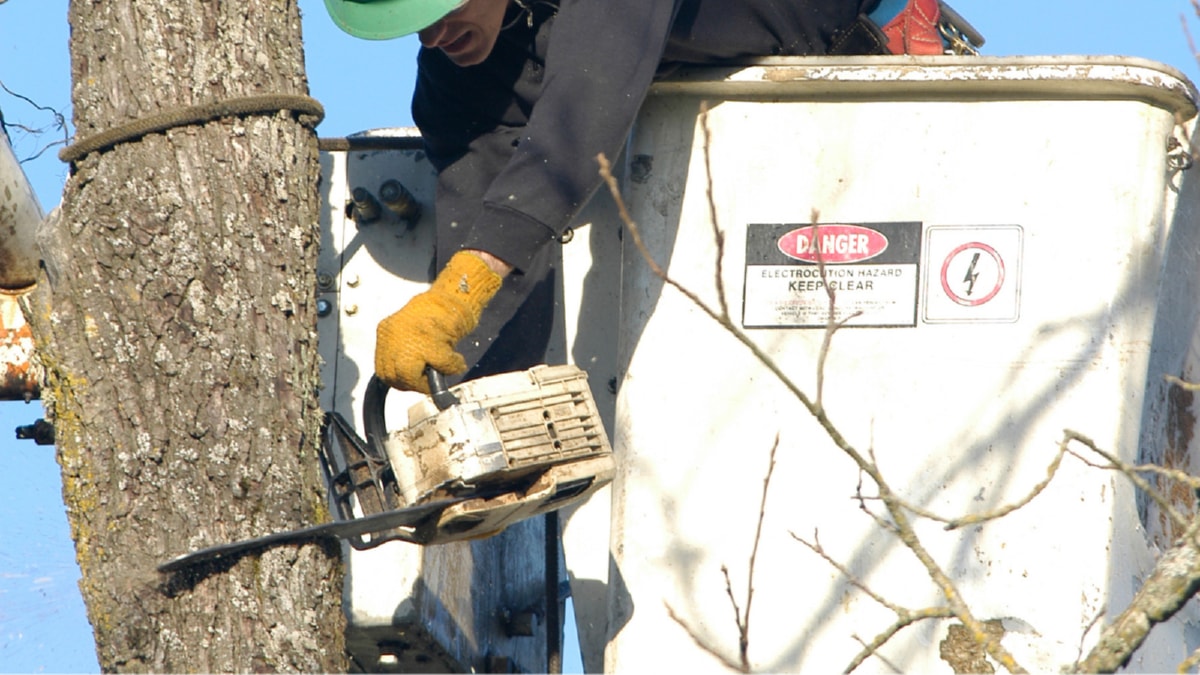The green construction wave has been gaining momentum in the construction industry in recent years, and for a good reason. Constructing structures in an environmentally friendly way is not just about reducing the environmental impact but it also makes a great deal of economic sense. This article aims to provide some guidelines on how to achieve eco-friendly construction practices.
To begin with, a key factor that plays a significant role in sustainable construction is choosing the right materials. Employing recycled materials, for instance, can significantly reduce the carbon footprint of a building project. Recycled materials such as recycled plastic not only preserve natural resources, but also reduce waste that would otherwise end up in landfills. Additionally, locally sourced materials reduce on transportation costs and emissions, making the project more environmentally friendly.
In addition, energy efficiency is a crucial element of sustainable building. A building’s energy use is often its most significant environmental impact, so adopting energy-efficient technologies and design techniques can have a substantial effect. For instance, incorporating solar panels, high-efficiency windows, and proper insulation can dramatically cut down a building’s energy consumption. Moreover, choosing energy-efficient appliances and lighting can further improve sustainability.
Water conservation is another critical aspect of eco-friendly construction. Integrating water-efficient fixtures, such as low-flow faucets and dual-flush toilets, can significantly minimize water use. Additionally, harvesting rainwater for non-potable uses like irrigation and toilet flushing can add to significant water savings.
Furthermore, waste management is an essential part of eco-friendly construction. A well-planned waste management strategy can reduce the amount of waste produced during construction and ensure that any waste generated is disposed of responsibly. This can involve recycling construction debris, donating unused materials, or using waste-to-energy technologies.
Finally, education and training are vital to achieving sustainable building practices. Training all parties involved in a construction project about the importance of sustainability and how to achieve it can significantly boost the project’s environmental impact. This includes construction workers, architects, and even the building’s future occupants.
In conclusion, green building practices are not just beneficial for the environment, but also for the economy and society. By considering factors such as material selection, energy efficiency, water conservation, waste management, and education, we can build structurally sound buildings that also care for the environment. It’s a win-win situation.
For more details, check best Kerbing service Kildare Galway Limerick Mayo Offaly or visit their business listing here.



